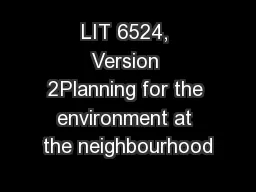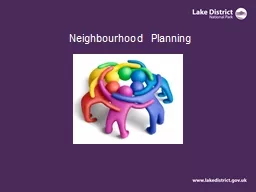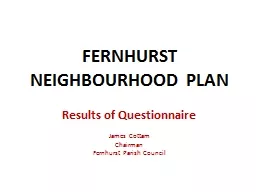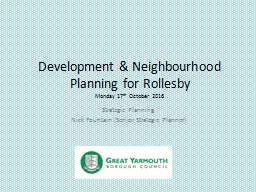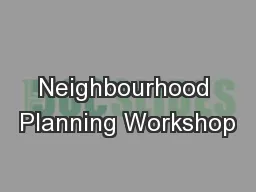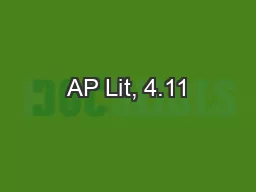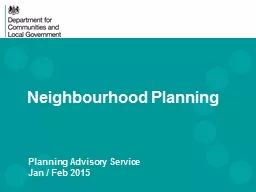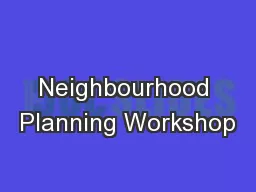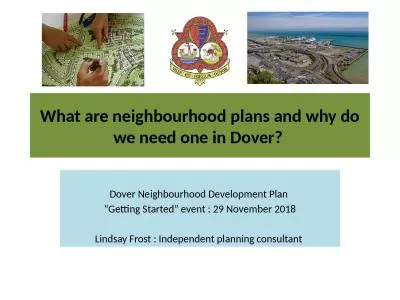PDF-LIT 6524, Version 2Planning for the environment at the neighbourhood
Author : briana-ranney | Published Date : 2017-02-24
Publication code LIT 6524 Improving local heritage within the communityArnos Vale is a 45acrecemetery in the centre of Bristol and is one of the best examples of
Presentation Embed Code
Download Presentation
Download Presentation The PPT/PDF document "LIT 6524, Version 2Planning for the envi..." is the property of its rightful owner. Permission is granted to download and print the materials on this website for personal, non-commercial use only, and to display it on your personal computer provided you do not modify the materials and that you retain all copyright notices contained in the materials. By downloading content from our website, you accept the terms of this agreement.
LIT 6524, Version 2Planning for the environment at the neighbourhood: Transcript
Download Rules Of Document
"LIT 6524, Version 2Planning for the environment at the neighbourhood"The content belongs to its owner. You may download and print it for personal use, without modification, and keep all copyright notices. By downloading, you agree to these terms.
Related Documents

